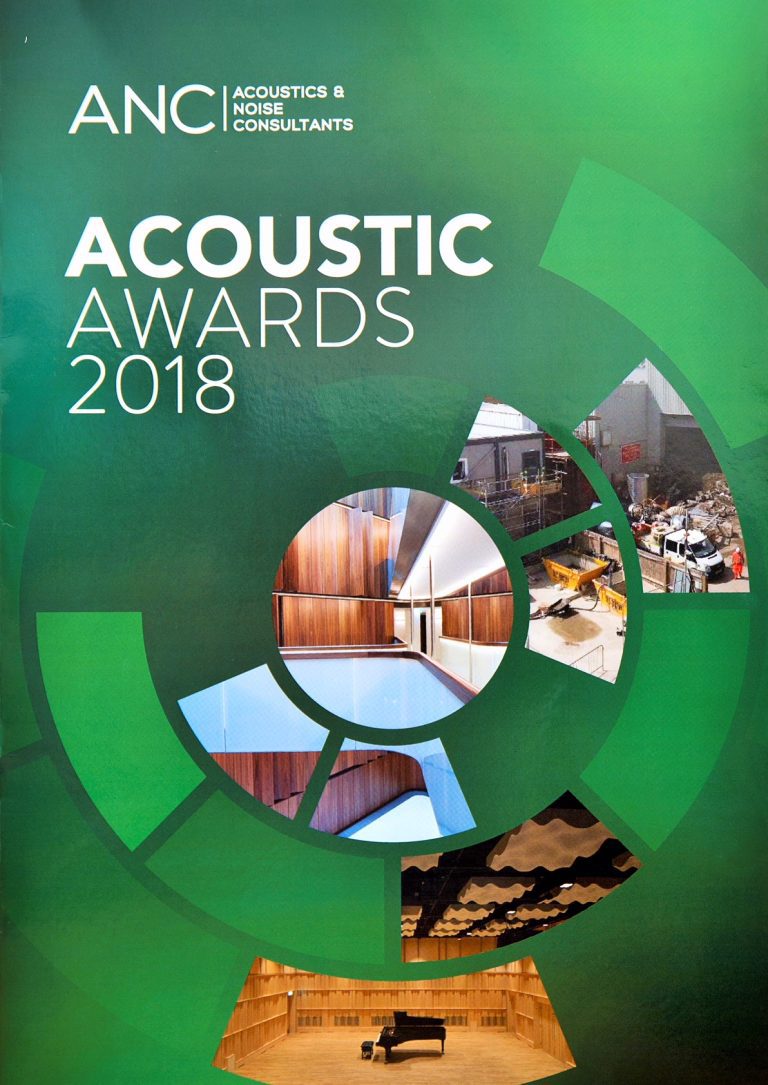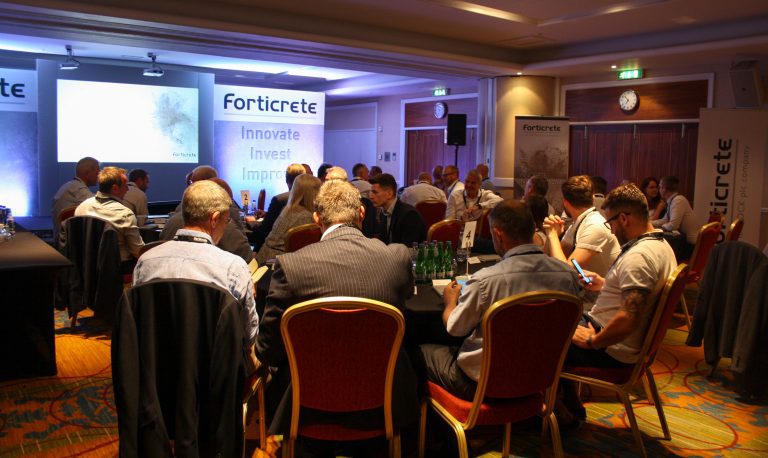The Royal Institute of British Architects (RIBA) has today (Thursday 3 September 2015) announced the shortlist for the RIBA Client of the Year award. The annual award, supported by The Bloxham Charitable Trust, recognises the key role that a good client plays in the creation of fine architecture. The 2015 shortlist is: Countryside Properties – nominated by Proctor and Matthews for the 2015 RIBA National Award-winning housing development Abode at Great Kneighton, Cambridge, as well as the 2008 RIBA Stirling Prize-winning Accordia by Feilden Clegg Bradley Studios, Maccreanor Lavington and Alison Brooks Architects.
The National Theatre, London – nominated by architects Haworth Tompkins for the 2015 RIBA National Award-winning transformation of Denys Lasdun’s Grade I-listed theatre by Haworth Tompkins and Stanton Williams.
The Prince’s Regeneration Trust – nominated by Feilden Clegg Bradley Studios for the 2015 RIBA National Award-winning Middleport Pottery, Stoke-on-Trent.
The winner of the 2015 RIBA Client of the Year Award will be announced at the RIBA Stirling Prize party on Thursday 15 October at RIBA in central London. The RIBA Client of the Year Award is supported by The Bloxham Charitable Trust. The Architects’ Journal is media partner for the RIBA awards, including RIBA Client of the Year, and professional media partner for the RIBA Stirling Prize. The RIBA Stirling Prize is sponsored by Almacantar. ENDS Notes to editors: 1. For further press information please contact Callum Reilly in the RIBA Press Office callum.reilly@riba.org or 020 7307 3757 2. Previous winners of the RIBA Client of the Year Award include Hammerson (2010), The Royal Shakespeare Company (2011), Olympic Delivery Authority (2012), the National Trust (2013) and Manchester Metropolitan University (2014). 3. The Royal Institute of British Architects (RIBA) champions better buildings, communities and the environment through architecture and our members. Visit www.architecture.com or follow @RIBA on Twitter for regular RIBA updates www.twitter.com/RIBA 4. Almacantar is a property investment and development company specialising in large-scale, complex investments in Central London, with the potential to create long-term value through development, repositioning or active asset management. Since launching in 2010, Almacantar has acquired a number of prime assets with untapped potential in the heart of London, including: Centre Point, Marble Arch Tower, CAA House, 125 Shaftesbury Avenue and One and Two South Bank Place. www.almacantar.com For further information please contact: Finsbury +44 (0)20 7251 3801 Faeth Birch 5. For more information on The Architects’ Journal visit www.architectsjournal.co.uk 6. The shortlist details including nomination citations follow: Countryside Properties Nominated by Proctor and Matthews for this year’s RIBA National Award-winning Abode, Great Kneighton, Cambridge, as well as the Stirling Prize winning Accordia (2008) by Feilden Clegg Bradley Studios, Maccreanor Lavington and Alison Brooks Architects. Stephen Proctor and Andrew Matthews, Proctor and Matthews Architects, said: “Countryside Properties is one of the UK’s leading house builders, repeatedly demonstrating a commitment to design quality in the creation of exemplary residential neighbourhoods. At a time when Housing has again become central to the political debate, they have retained a position as industry leaders, setting the bench-mark for well-considered, innovative domestic architecture. “They have continued to build on the legacy of the late founder Alan Cherry (a member of the Urban Task Force alongside Richard Rogers in 1998) whose desire to see Countryside Properties develop inclusive mixed-tenure neighbourhoods with a clear identity and sense of place has led the company to appoint some of the country’s leading architects, working across the full range of its portfolio – not just on niche sites in inner London. “The result is an impressive list of award winning projects including Newhall, Harlow – winner of a National RIBA Award in 2005 and the 2008 Stirling Prize winner, Accordia in Cambridge. They continue to be part of the team behind the ground breaking Greenwich Millennium Village and most recently are the developers of Abode at Great Kneighton, Cambridge, the recipient of this year’s RIBA Eastern Region Building of the Year, and a 2015 National RIBA Award together with this year’s Civic Trust National Panel Special Award and Supreme Winner at the 2014 Housing Design Awards. “The success of these projects is undoubtedly due to their focus on design quality with a desire to explore new and innovative responses to changing lifestyles and social patterns. With this in mind, they have demonstrated a determined commitment to design continuity with the retention of its architects through all stages of these award winning developments. It is this approach which has undoubtedly helped to position Countryside Properties at the forefront of residential design and development within the UK.” The National Theatre, London Nominated by Haworth Tompkins for this year’s RIBA National Award-winning work on the transformation of Denys Lasdun’s Grade I-listed theatre by Haworth Tomkins and Stanton Williams. Steve Tompkins, Project Director at Haworth Tompkins, said: “The NT Future team have been a superb client throughout this long and fiendishly complicated project. From the outset Nick Starr, who led the conceptual phases of the process, established an atmosphere of shared creative endeavour, intelligent dialogue and unflappable positive thinking, while Lisa Burger, who led the construction phases, was equally calm under great pressure and endlessly resourceful in negotiating the various twists and turns of this multi-phased, technically daunting build. Nick and Lisa were supported by a chorus of soloists, each an expert in their field, which made the day to day trajectory of the project both demanding and rewarding. “Being in the business of conceiving and delivering ambitious theatre productions, the NT understood better than most the imperatives of hitting deadlines and budgets, but they also knew that the best results would emerge in an atmosphere of shared risk, creative collaboration and constant re-evaluation. But what was most impressive was their refusal to fall back on a conventional, construction industry consumer/supplier relationship when the going occasionally got tough. Rather, they had the sophistication and confidence to protect the creative space in which the right solutions could be found and the probity of the work maintained. The resulting project is a tribute to the









